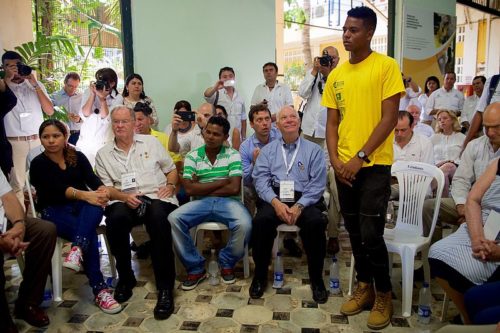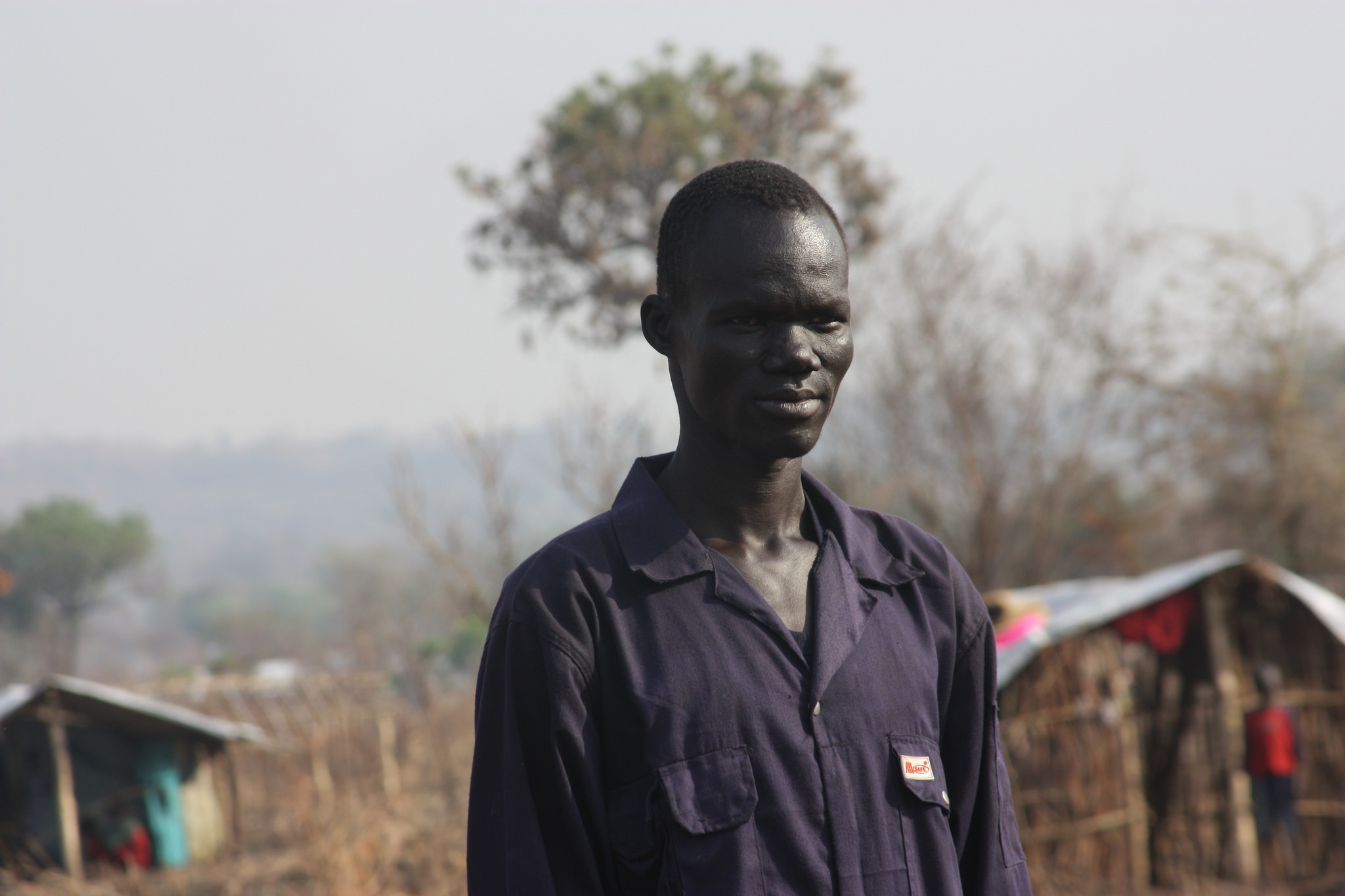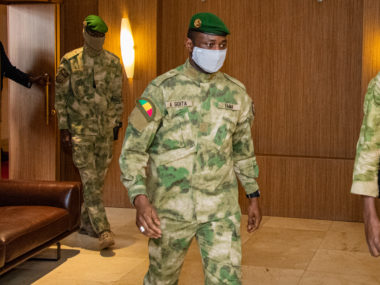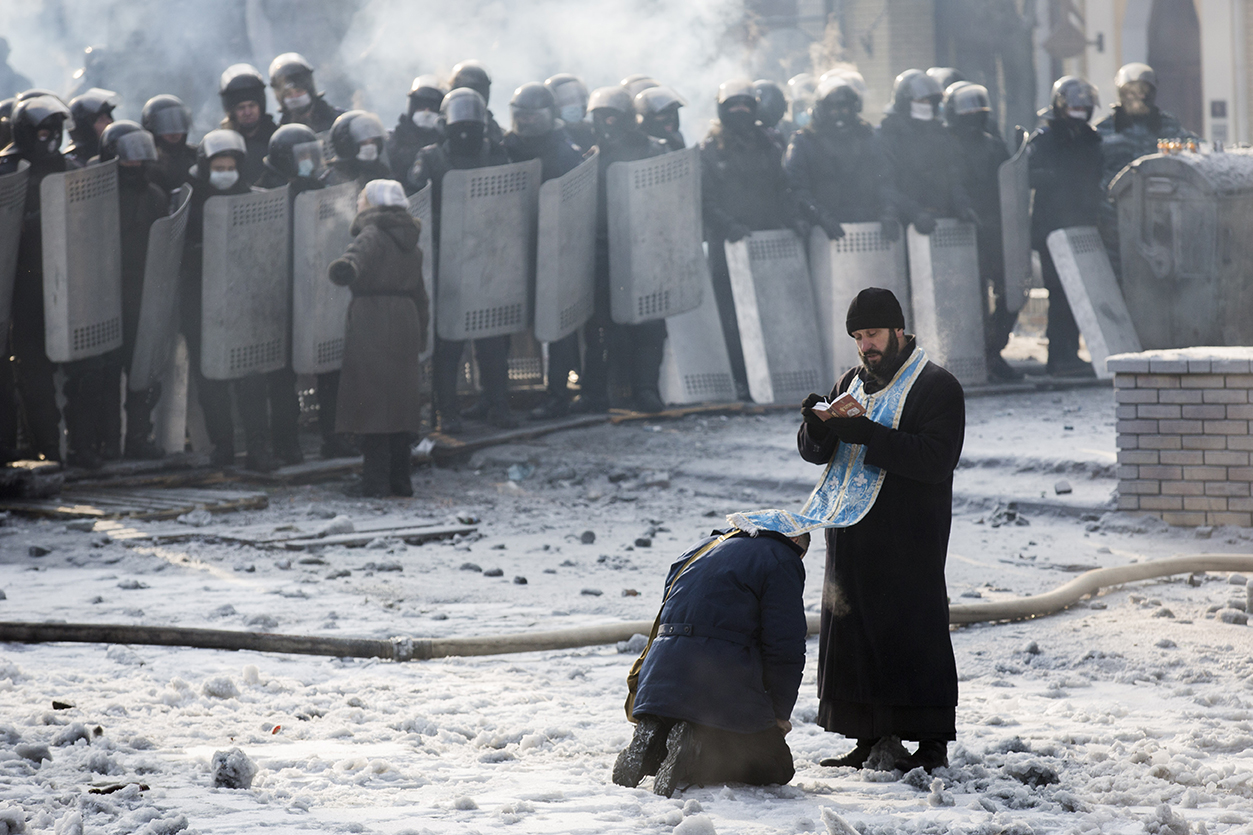by Oliver Kaplan for Denver Dialogues
Last week, Colombia and the former FARC rebels celebrated the first birthday of the peace agreement they signed last year. While both the government and the FARC remain committed to the agreement, the government’s implementation of policies and programs to aid former fighters has been bumpy, and “reincorporation” of the FARC into society continues to be a pressing challenge. However, recent data from a census of the demobilizing fighters can provide guidance for policy by highlighting the opportunities for smoothing that reentry into society.
The aggregate census figures that are currently available come from a study conducted by Colombia’s National University. These figures are especially interesting because, until now, we could only speculate about the characteristics of those fighters that remained in the group until the “bitter end” and how they compared with those who earlier either demobilized or were captured. According to the data, the FARC exited the conflict with 10,015 members, 23 percent of whom are women, and with an average age of 33. Only roughly half of the rebels were full-fledged combatants, as a substantial portion were either militias (e.g., informants) or being held in prison (perhaps dispelling the notion that all the FARC were involved in the application of force or violence).
This initial look at the census data yield several observations about the prospects for successful reintegration or, alternatively, recidivism in the form of either rejoining the conflict as dissidents or joining criminal groups (known as BACRIM). They also hold implications for addressing reintegration challenges:
- The war took its toll on the FARC, and a lot of its members have disabilities. Approximately one-third of demobilizing FARC have some kind of physical limitation. Regardless of whether or not these individuals should be referred to as victims, they may have special needs during reintegration into society and in their post-conflict lives and may need additional support. Whether in the form of health services, prosthesis, psycho-social assistance, or other services, their needs may not be that different from those of many military veterans. It could also be the case that disabled individuals’ physical limitations mean it is more difficult for them to become recidivists and commit crimes or re-engage in belligerent acts.
- The FARC have lots of children. A reported 54 percent of fighters have at least one child, a figure that could be even higher today given the FARC baby boom occurring in the transition camps. This trend has important implications for ex-combatant behavior, as in one study Enzo Nussio and I find that family ties and having children act as key anchors that help keep fighters from becoming recidivists (a little over half of FARC are married or in free unions).
- Education presents both a challenge and an opportunity. The FARC’s education levels are low. While 90 percent are literate, there is variation in educational attainment, as only 21 percent completed high school (though the education and training the FARC conducted during peace talks may mean they are in better shape for reintegration than they otherwise would have been). The 11 percent with no reported formal education—possibly a legacy for some of being recruited children—will need even more schooling to navigate Colombian society. We found additional reasons to prioritize education: ex-combatants seem on average to value education over employment, and higher education levels and completing high school equivalency during reintegration are associated with substantial reductions in the risk of recidivism.
- The FARC are rural in their origins and are seeking rural employment. 60 percent say they want to work in agriculture. While government programs for ex-combatants have tended to focus on employment in the formal job market or by providing seed capital for small-scale productive projects, the FARC may have different preferences. It is possible that educational attainment may make employment in formal sectors more appealing and within reach. Yet land tenancy for demobilizing combatants was not included in the peace agreement, and may now need to be addressed with urgency to create opportunities for agricultural employment.
- The FARC is far more Indigenous than the general Colombian population. With 18 percent of its members from one of Colombia’s approximately 85 Indigenous groups, the FARC is almost five times as Indigenous as the general population (and is about half as Afro-Colombian). Indigenous fighters may have special needs for culturally re-adapting to their communities. Policymakers may therefore want to provide additional support and encouragement of Indigenous groups’ particular reintegration ceremonies that focus on spiritual restoration as part of reentry into communities.
- The FARC have social and political organizational experience. 63 percent previously participated in some kind of social or political organization, with 30 percent participating in local councils, 28 percent participating in political or social movements, 10 participating in campesino movements, and 7 percent in Indigenous councils (cabildos). These rates of engagement are a positive sign that, in “leaving arms,” the FARC has the capacity to transition (back) to nonviolent forms of political participation—the primary goal of the peace agreement. In support of this aim, we have found that more participatory communities provide better social reintegration opportunities for demobilizing combatants.
The FARC census provides helpful guidance for aiding their reentry into society and promoting sustainable peace. As additional data is collected, it will be possible to more closely tailor support services to former fighters with greater needs or greater risks of falling back toward harmful behaviors. The findings from the census must also be wielded with ethical considerations in mind, since aggregate categorizations do not precisely link to individuals’ traits or behaviors. Therefore, rather than being used for either penalization or maltreatment, the data should be used positively for improving reintegration assistance.








1 comment
Poking around a bit, I can’t seem to find the census data, only reports of the results — anyone know if/where it’s available for download?